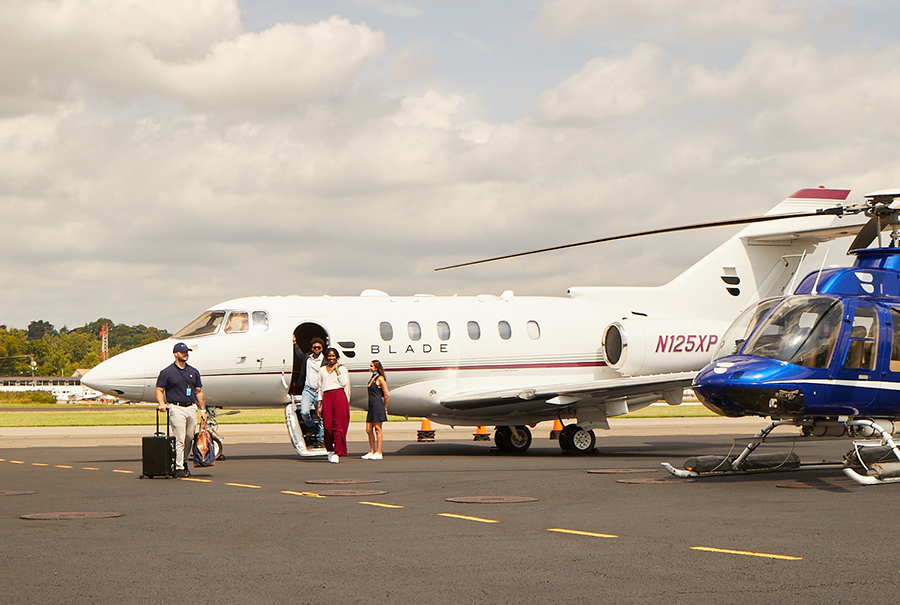mireyahopman27
mireyahopman27
The Rise Of Private Jet Flights: A Comprehensive Research
Introduction
In recent years, the private jet business has experienced vital development, pushed by a spread of things together with increased demand for customized travel experiences, time efficiency, and enhanced safety measures. This report delves into the dynamics of private jet flights, examining the market traits, customer demographics, operational facets, and the environmental implications of this mode of air travel.
Market Overview
The global private jet market has seen a remarkable expansion, with estimates suggesting that it may reach a valuation of over $40 billion by 2025. This development is fueled by a combination of things including the rise of the affluent center class, an increase in enterprise travel, and the growing trend of on-demand journey companies. In line with the National Business Aviation Association (NBAA), the number of private jet flights in the United States alone has increased by over 25% previously decade.
Customer Demographics
Private jet flights are predominantly utilized by high-internet-worth individuals, company executives, and celebrities. The typical demographic contains people aged between 35 and 65, with a big proportion being business leaders and entrepreneurs. The convenience of private travel appeals to those who prioritize time management and comfort. Moreover, the rise of fractional ownership and jet card packages has opened the market to a broader viewers, allowing more people to expertise private aviation without the burden of full ownership.
Forms of Private Jet Services
- Charter Flights: That is the commonest form of private jet travel, the place customers can e-book flights on-demand. Charter providers provide flexibility and a wide range of aircraft options, catering to varied budgets and journey wants.
- Fractional Possession: This model permits a number of house owners to share a jet, thereby reducing the costs related to possession. Fractional ownership companies like NetJets and Flexjet have popularized this strategy, making private travel extra accessible.
- Jet Cards: Much like fractional ownership, jet cards supply clients a pre-paid package deal of flight hours on specific aircraft. This model supplies a straightforward pricing construction and ensures availability.
- Air Taxi Companies: Rising expertise and the rise of urban air mobility have led to the development of air taxi services, which make the most of smaller aircraft for short-haul flights. Corporations like Blade and Joby Aviation are at the forefront of this innovation.
Operational Aspects
The operation of private jets is considerably completely different from industrial airways. Private jet operators must adhere to stringent security regulations, together with common upkeep checks and certification processes. The operational costs, together with gas, crew salaries, and upkeep, will be substantial, often resulting in a high barrier to entry for new operators.
Additionally, private jet flights supply distinctive advantages, equivalent to the flexibility to entry smaller airports and avoid the congestion generally associated with industrial air travel. This flexibility allows passengers to reach their destinations more rapidly and efficiently.
Safety and Security
Security is paramount in the private aviation industry. Operators are required to adjust to laws set forth by aviation authorities, such as the Federal Aviation Administration (FAA) within the United States. Private jets are subject to rigorous security inspections, and pilots must bear intensive training and certification processes.

Furthermore, the COVID-19 pandemic has heightened awareness of health and safety protocols throughout the industry. Enhanced cleaning measures, social distancing practices, and health screenings have develop into normal procedures to make sure the safety of passengers and crew.
Environmental Impression
While private jet flights offer quite a few advantages, additionally they elevate considerations relating to their environmental influence. Private jets typically produce a better carbon footprint per passenger in comparison with business flights. In response to a report by the Worldwide Council on Clear Transportation (ICCT), private jets emit approximately 14 occasions extra CO2 per passenger than industrial airlines.
In response to those issues, the trade is exploring sustainable aviation fuel (SAF) choices and extra efficient aircraft designs. Some operators are investing in electric and hybrid aircraft technologies to reduce emissions. The adoption of carbon offset packages can also be becoming more common, allowing travelers to mitigate their environmental impact.

Future Tendencies
The way forward for private jet flights is likely to be formed by several key tendencies:
- Technological Developments: Innovations in aircraft design, together with electric and hybrid fashions, are expected to transform the industry. Moreover, advancements in booking technology and customer service platforms will enhance the general journey experience.
- Sustainability Initiatives: As environmental considerations proceed to grow, the private aviation sector will more and more concentrate on sustainability. The use of SAF, carbon offsetting, and more efficient flight operations will become integral to the industry’s future.
- Increased Accessibility: The rise of on-demand providers and fractional possession models will make private jet travel extra accessible to a broader viewers. This pattern will doubtless result in a diversification of clientele, together with youthful travelers and those searching for distinctive travel experiences.
- Urban Air Mobility: The event of air taxi providers and urban air mobility options will reshape the landscape of private aviation, particularly in congested city areas. This innovation promises to revolutionize quick-distance journey and provide new opportunities for private jet operators.
Conclusion
The private jet trade is at a pivotal point, characterized by speedy development, evolving buyer expectations, and growing scrutiny regarding its environmental influence. As the market continues to increase, operators must navigate the challenges and opportunities introduced by technological developments and sustainability initiatives. The way forward for private jet flights will depend upon the business’s potential to adapt to changing consumer preferences while addressing the pressing need for environmental accountability. With the appropriate strategies in place, private aviation can proceed to thrive as a most popular mode of journey for those in search of convenience, consolation, and efficiency.


